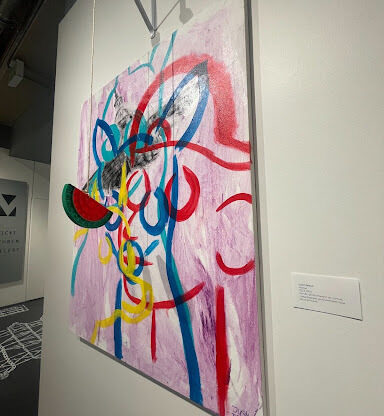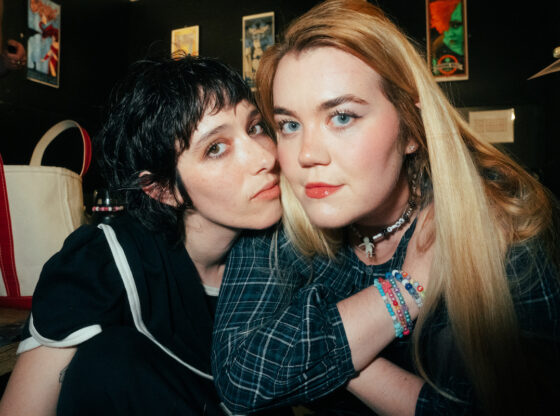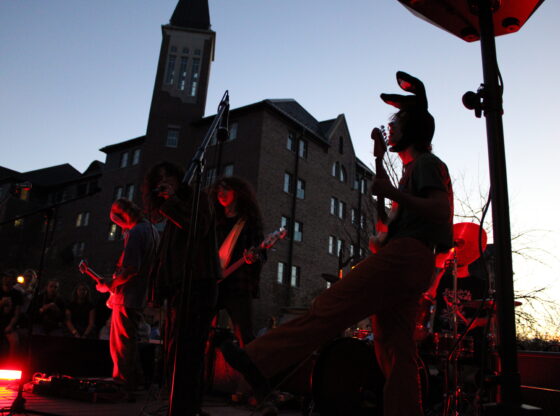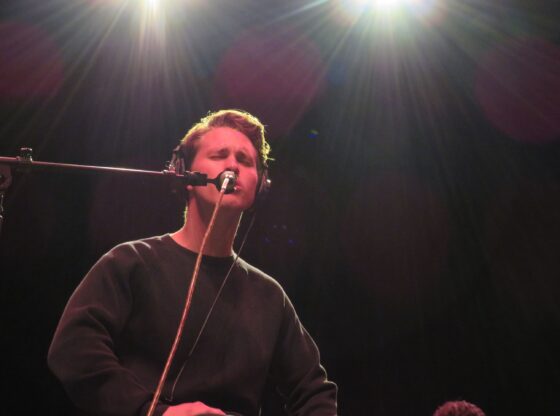In her book, “Every 90 Seconds,” professor of psychology at the University of Denver Anne P. DePrince gathers her ongoing research in order to stress the importance of redefining how we see violence against women, and ensuring that we make a change from awareness. In this piece, DePrince speaks about her research and journey through writing her latest novel. She covers what motivated her to put her research and words into a concise work, how her teaching relates to the book and why the book is important for all students to read.
Q: What is the general premise or idea of “Every 90 Seconds?
A: “The premise is that for a long time, we have tended to treat violence against women as a women’s issue or a special interest issue, and what the book does is trace the interconnections between violence against women and other issues to make the case that it’s something that we should each be concerned about regardless of our genres or life histories. That whatever you’re passionate about in life, big public problems of our time from immigration to education reform, criminal justice reform, issues of housing and food insecurity and economic justice- these things are all tangled up with violence against women.”
Q: What piqued your interest in this field of research about violence against women and what motivated you to write “Every 90 Seconds?”
A: “I have, across my career, studied traumatic stress and its causes and consequences. Increasingly in recent years, my research team and I have focused a lot on violence against women and girls and as we worked with community partners, in terms of agencies who provide services to survivors and victims, we got to see the ways that violence against women is tangled up with a host of problems…Following the research that we were doing, this interconnected picture of how violence against women is tangled up with the pressing problems that I hear people concerned about became really quite clear and I wanted to show people that this isn’t a women’s issue or survivors’ issue, this is really something that has consequences for each of us because it affects our communities, it affects our businesses, our schools and I just wanted people to see the interest they have in this issue even if they’ve never thought of it as a thing they’re passionate.”
Q: How long did it take you to do the research for this book specifically?
A: “The book talks about research that my team has done here in Colorado, here at DU, over the last 20 years and showcases different examples of our research. The work on the actual book itself, once I got a book contract, writing the book took a little over a year, from start to finish but it really does reflect work that we’ve done over two decades at the psychology department here.”
Q: In terms of your role as a professor, how did the research from the book carry over to what you were teaching, and did what you were teaching influence the book?
A: “It definitely connects to the experiential teaching I do and students who are involved on our research team. All of my work has a team that’s working on it together, some combination of graduate and undergraduate students, and so the students I get to work with are very much a part of the story of the data that we’ve been able to connect, the work we’ve been able to do and the book. I also have had the opportunity here at DU to teach courses that let me bring in themes from my research and issues of violence against women into the classroom. For example, I used to teach an FSEM on research on the science of violence against women. And, I’ve been able to integrate some ways of approaching research through classes like research methods to grapple with, what does it mean to do research on intimate violence, what can we learn from that literature? So it definitely is connected to how I approach teaching as well.”
Q: What impact did you hope the book would have when you were going into writing it and how would you encourage people to read the book and be more interested in this topic?
A: “I hope the impact is to cause people to think differently about their interest in intimate violence, violence against women, and to think differently about, how do we build collaborations across the problems that we’re each passionate about? So for example, if a student is passionate about sustainability and climate change, it might not seem like it on the surface that we have shared interest, but I can look at other research showing that when extreme weather forces migration, women and girls can be at risk of abuse or trafficking and so, I think there are so many connections if we take the time to look at the root causes of problems we’re each passionate about…I hope that the book opens new conversations to collaboration and helps students think about, how do you connect with the center of community engagement on campus or the center for sustainability, places that let you explore how the things you’re passionate about and learning about in your major or minor, have a connection with what other students are concerned about. Essentially, how do we do work that’s more than the sum of our parts, how do we come together to build shared aspirations where we can each help one another advance the issues we care about?”
Q: What was your main takeaway from writing the book? Personally, was there something you didn’t expect to come across in your research?
A: “I was a history major back in the day when I was an undergraduate, so I’ve always been fascinated by the history of my own field of psychology and the field of trauma and violence in particular, and I went into writing the book aware of a lot of that history. But what I realized that really surprised me in writing the book, was that so many of our efforts over the last many decades have been about trying to build people’s awareness of this as an issue. And now, people are more aware than they’ve ever been when you think about the impact of Me Too or public education campaigns, and yet awareness by itself isn’t change. We still see that every 90 seconds a woman is victimized by a current or former intimate partner and another is sexually assaulted. And so, I started getting really interested while writing the book on this question of, what does it take to move from awareness to action? We certainly need people to be aware of the problem because you don’t fix something you don’t know is a problem, but that awareness really isn’t enough and that’s how I got interested in this issue of people’s own self-interest. Looking at community organizers and social movements, and how they create change, that we don’t create systems just because we’re altruistic or because we are aware of a problem, we need a compelling reason, we have to see why an issue matters to us. And so that shift of, how do we move from awareness to action became such a focus and passion during my writing.”
Q: Does the book end by providing solutions to this problem or does it keep it more open-ended for the reader’s own agency?
A: “The book ends with really an invitation of, how could we come together in new ways? And what I try to do is walk them through some examples, so drawing on my own field of psychology, how do we think about primary prevention, how do we back the truck up and prevent violence from occurring in the first place?… And then I walk through other examples of, how can we think about new ways of helping people get access to resources right after violence happens so that you try to mitigate the immediate harm and how do you think about more long-term care and healing. So, there is a framework laid out for people in the last chapter to consider change, and then an important point of the book is, what we need is people coming together in new ways to come up with creative solutions that I couldn’t imagine on my own. That really what we need is vibrant, robust collaborations with people that are working from different perspectives and angles. I try to give some concrete examples but also say, the solutions and the magic is really going to be in how we come together in new ways to explore solutions together.”
As of now, professor DePrince is continuing to promote her book and further her research with her team of peers and students. She encourages every student to read “Every 90 Seconds” in hopes that together, with her research as a guide, we can combat violence against women.











